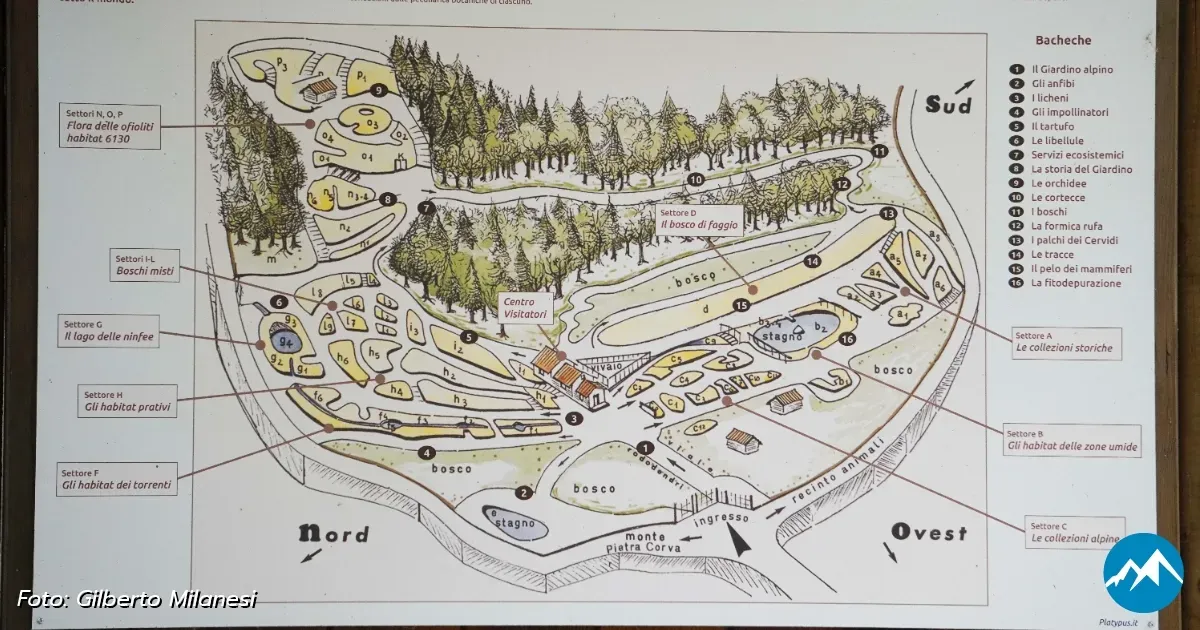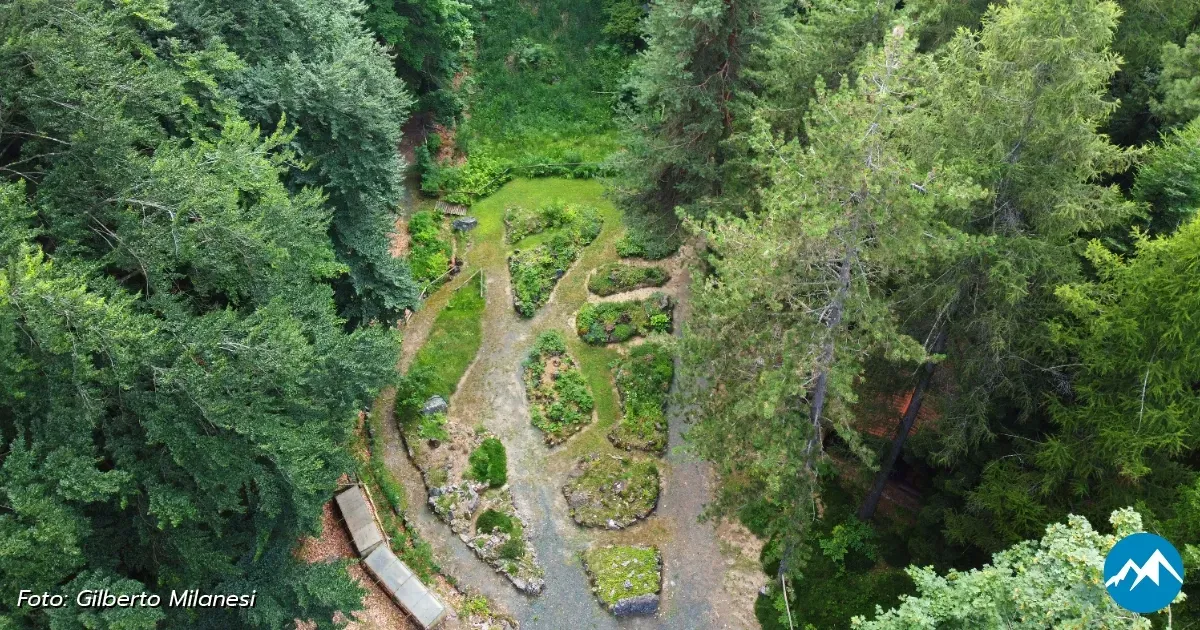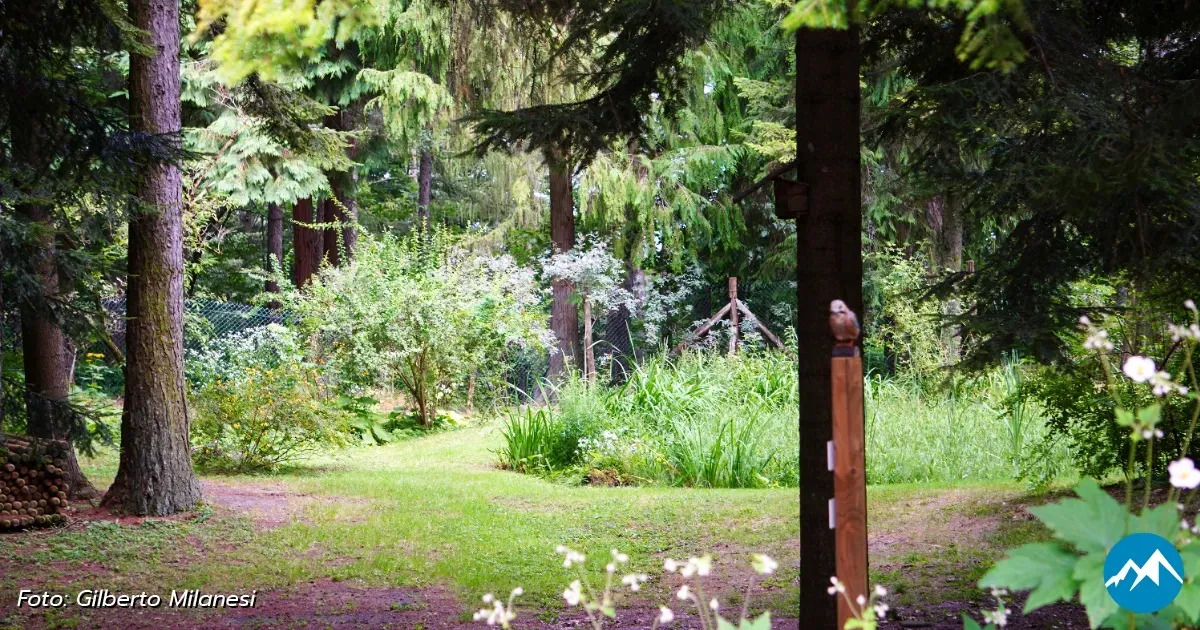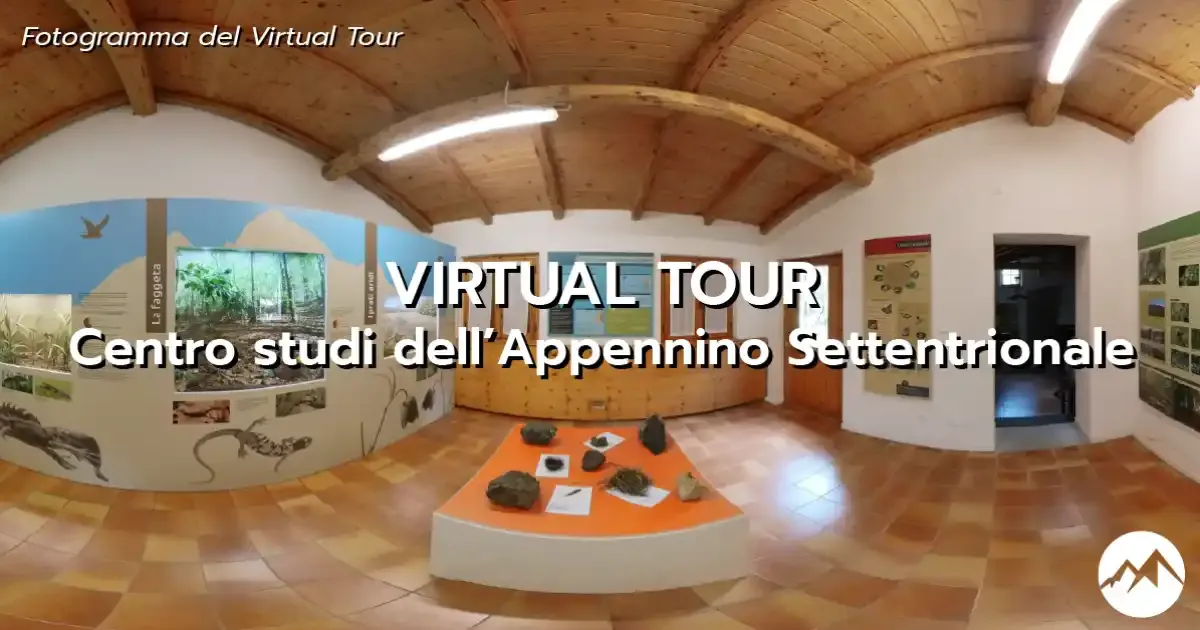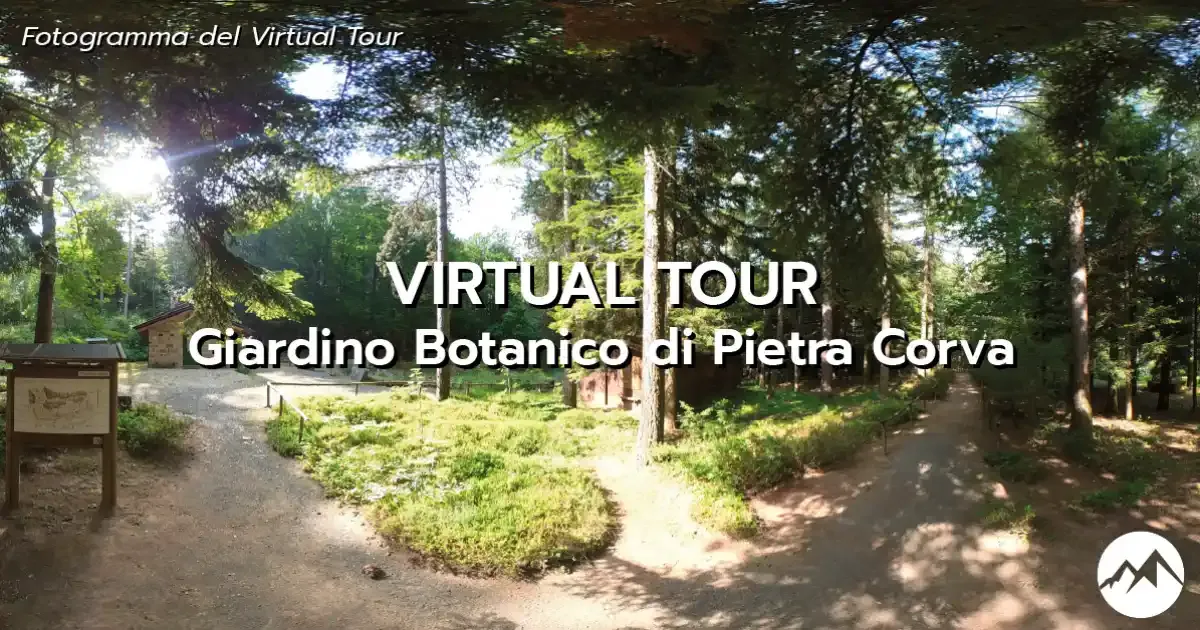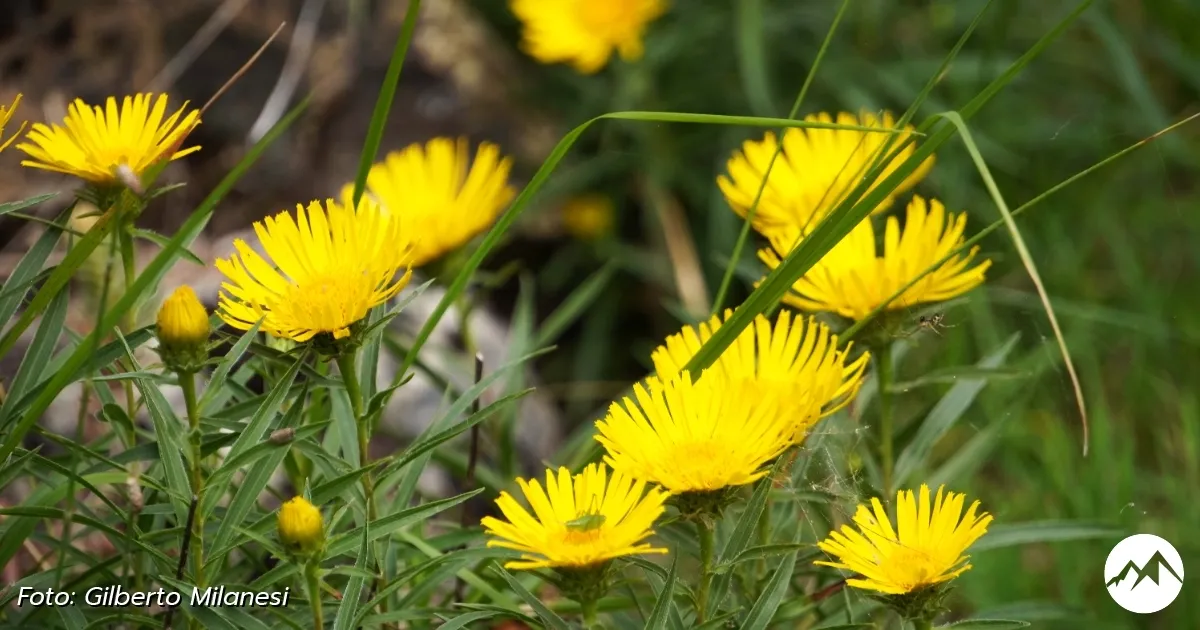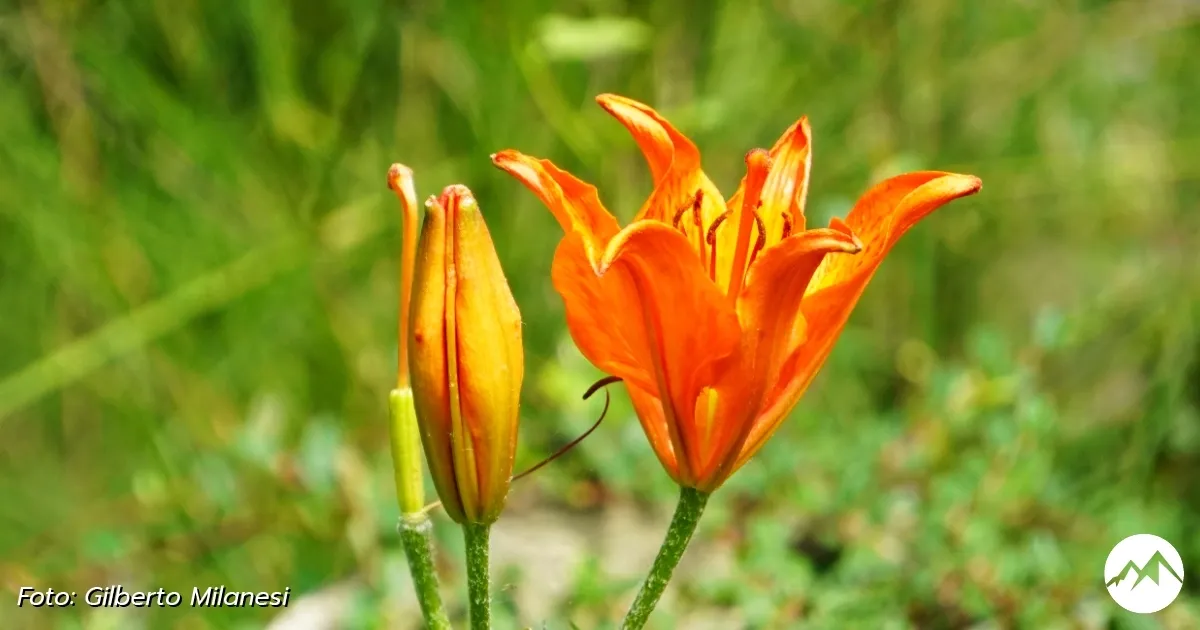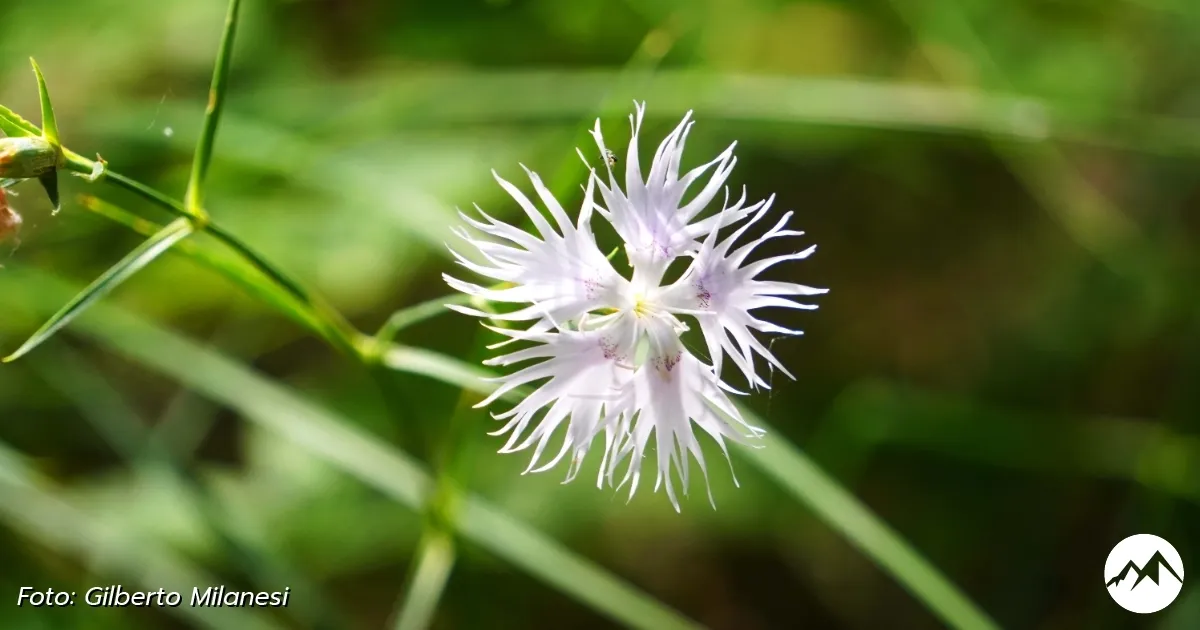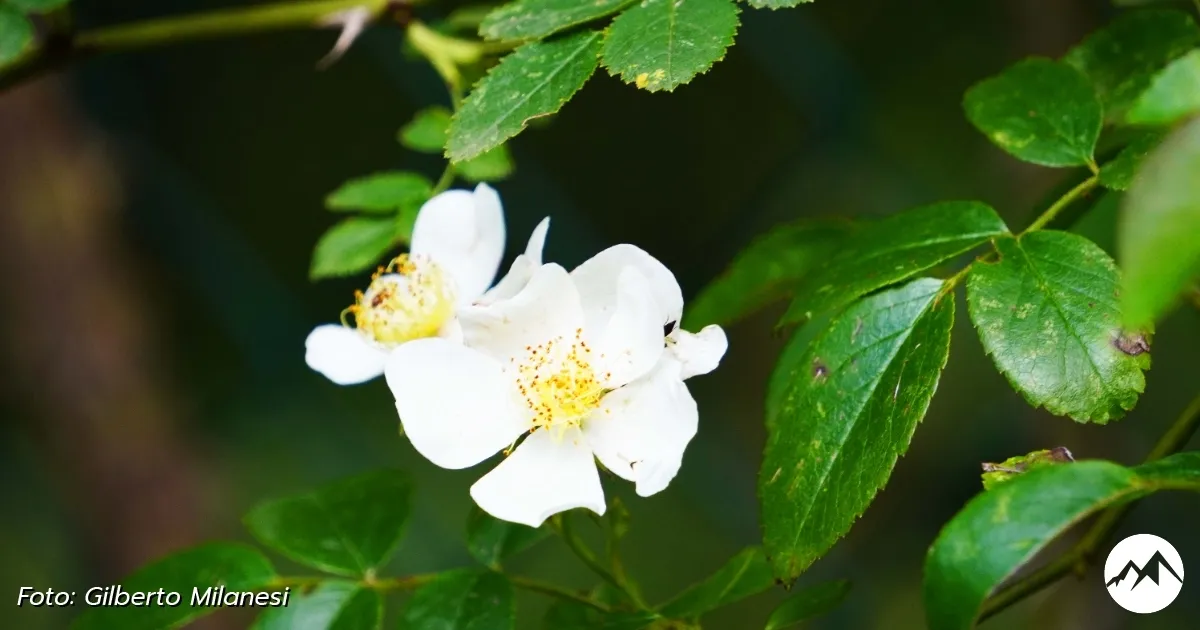Virtual Tour del Giardino Botanico di Pietra Corva
Il Giardino Botanico di Pietra Corva è ubicato nel comune di Romagnese, a 950 m di altitudine sulle pendici del Monte Pietra di Corvo, un suggestivo e dirupato affioramento di scura roccia vulcanica.
Clicca e guarda il Virtual Tour
Clicca e guarda il Virtual Tour
Ideato e realizzato a partire dal 1960 dal Dott. Antonio Ridella, valente veterinario e cinofilo, ma anche naturalista e grande appassionato ed esperto di botanica, il giardino fu aperto ufficialmente al pubblico nel 1967.
I viaggi del Dott. Ridella di esplorazione sulle Alpi, Ande e Pirenei gli consentirono di ammirare la bellezza e l'armonia delle piante di alta quota, nella molteplicità dei loro adattamenti e fecero nascere in lui il desiderio di realizzare un giardino con una finalità ben precisa e molto valida per quel tempo: conservare ed adattare piante d'alta quota provenienti da diversi sistemi montuosi. Determinante fu l’aiuto del giardiniere Cesare Soffritti che non solo accompagnò il Dott. Ridella nelle innumerevoli escursioni alla ricerca di piante spontanee da introdurre nel giardino, ma fu soprattutto colui che operativamente allestì le aiuole, le roccere e i percorsi interni del giardino.
Nei primi anni '70 la passione e l'entusiasmo di Antonio Ridella riuscirono a contagiare un gruppo di amici tra cui il Dott. Adriano Bernini, che lo aiutò a potenziare la struttura del giardino, a valorizzarne le collezioni e a divulgarne l’importanza. Alla scomparsa precoce del Dott. Ridella avvenuta nel 1984, il Dott. Bernini subentrò nella direzione del giardino.
Attualmente il giardino è gestito dalla Provincia di Pavia attraverso una convenzione con il comune di Romagnese e la Comunità Montana Oltrepò Pavese.
Come è previsto dalla concezione moderna di gestione dei giardini botanici, in particolare il Giardino Botanico di Pietra Corva svolge molteplici funzioni: didattico-educativa, conservazione e protezione, ricerca, turistico-economica.
Le specie attualmente presenti nel giardino sono circa 1200, suddivise nei vari settori principalmente secondo la provenienza geografica, la collezione di generi importanti, le caratteristiche ecologiche e ambientali di crescita. Il fiore simbolo del Giardino è la Fritillaria, appartenente alle Liliacee, che si riconosce per il fiore a campana violaceo, con petali picchiettati di bianco.
Il Giardino è dotato di centro-visita che illustra i diversi aspetti del territorio ed è completato da una serie di pannelli didattici esposti lungo i sentieri interni. I recinti confinanti con queste strutture ospitano inoltre ungulati quali cervi, daini e mufloni.
Presso il Giardino Botanico di Pietra Corva è stato realizzato un Centro Studi dell'Appennino Settentrionale il cui scopo è quello di favorire, sviluppare e realizzare attività di ricerca, educazione ed informazione sull'ecosistema naturale appenninico nonché attività di studio della biodiversità del territorio limitrofo.
Il Giardino Botanico di Pietra Corva è diventato SIC nel 2019 (Sito di Interesse Comunitario) riconosciuto dall’Unione Europea ed è gestito dalla Provincia di Pavia attraverso una convenzione che lega l’ente provinciale, il Comune di Romagnese e la Comunità Montana dell’Oltrepò Pavese. Il SIC Sassi Neri – Pietra Corva si estende per 667 ettari nel comune di Romagnese, sulla sponda orografica destra del torrente Tidone, dal corso del fiume fino agli oltre 1000 metri dei monti Pietra di Corvo, Pan Perduto e dei Sassi Neri.
Tra il 2021 e il 2022 il Giardino Botanico di Pietra Corva è stato oggetto di un importante rinnovamento grazie a fondi ottenuti da Regione Lombardia che ha permesso un adeguamento sia delle strutture interne, che del lato esperienziale con un concetto tutto nuovo di visita del sito con l’apposizione di tablet e di pannelli informativi all’interno del sito.
Il Giardino Botanico di Pietra Corva è diventato SIC nel 2019 (Sito di Interesse Comunitario) riconosciuto dall’Unione Europea ed è gestito dalla Provincia di Pavia attraverso una convenzione che lega l’ente provinciale, il Comune di Romagnese e la Comunità Montana dell’Oltrepò Pavese. Il SIC Sassi Neri – Pietra Corva si estende per 667 ettari nel comune di Romagnese, sulla sponda orografica destra del torrente Tidone, dal corso del fiume fino agli oltre 1000 metri dei monti Pietra di Corvo, Pan Perduto e dei Sassi Neri.
Tra il 2021 e il 2022 il Giardino Botanico di Pietra Corva è stato oggetto di un importante rinnovamento grazie a fondi ottenuti da Regione Lombardia che ha permesso un adeguamento sia delle strutture interne, che del lato esperienziale con un concetto tutto nuovo di visita del sito con l’apposizione di tablet e di pannelli informativi all’interno del sito.


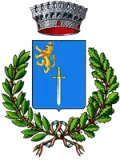 Comune di Romagnese
Comune di Romagnese

